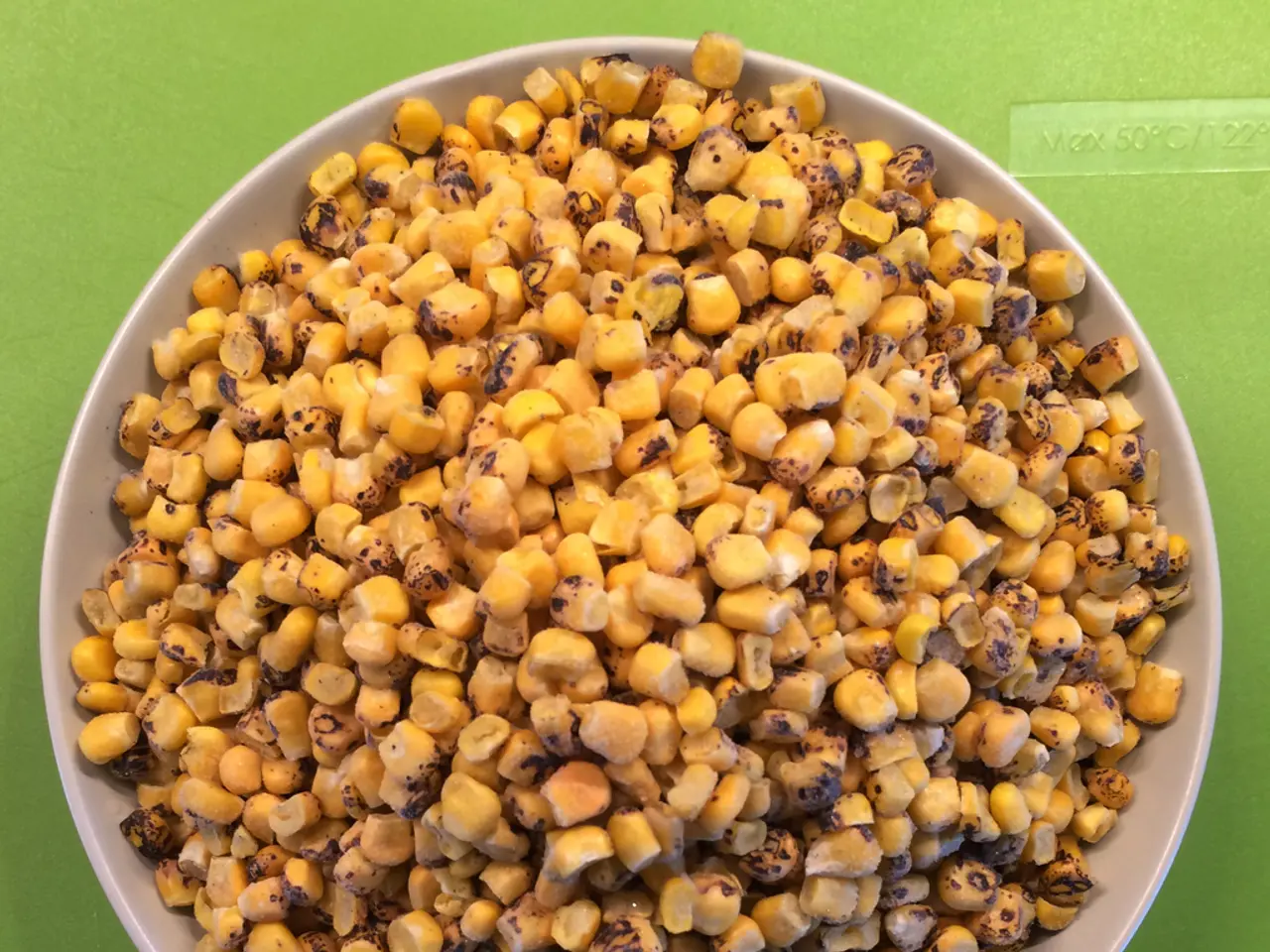Specialists Unveil Primary Causes for Seed and Sapling Failure, Along With Provided Remedies
In the world of gardening, the humble seed is the beginning of a beautiful bloom. However, ensuring successful seed germination can sometimes be a challenge. Here are some expert tips to help you along the way.
Firstly, it's essential to understand that overly wet soil is the most common reason seeds and seedlings fail. This condition, known as "damping off," causes the seedling to wilt and rot at the stem. To avoid this, maintain good airflow around your seedlings and water them carefully to prevent excessive moisture.
When it comes to the ideal temperature for seed germination, most seeds thrive in warmer conditions between 68°F (20°C) and 86°F (30°C). But remember, each seed variety may have specific requirements, so it's always a good idea to check the seed packet information for any specific instructions.
Seeds can last longer if stored in a cool, dry, dark place. However, their viability decreases over time, and seeds that are too old have little chance of germinating. To test the viability of your seeds, you can perform a simple test by sowing them onto a damp paper towel, placing them into a plastic bag, and waiting a week or two to see if they germinate.
Not all seeds need light to germinate. Some seeds prefer the warmest spot in your home or even near a radiator. Once your seedlings have sprouted, move them to a place with light and good airflow to help them thrive.
Avoid washing seeds away with vigorous water application. Instead, use a rose attachment on a watering can to apply water gently. Good airflow will help to prevent fungal growth on seedlings.
If you're sowing seeds directly into the ground, water the patch before and after sowing, and keep them watered until they germinate. If planting seeds in containers, provide enough drainage. Either use pots with drainage holes or paper fiber pots.
If you're finding it difficult to maintain the right temperature for seed germination, consider using a heated windowsill propagator or waterproof warming mats. Once seedlings have emerged, remove propagator lids to allow for good airflow.
Over-watering can also lead to "damping off," so be mindful of your watering habits. Milli Proust, author of "From Seed To Bloom," recommends not to be overzealous with watering. Instead, water the seeds in the morning before the sun is too strong.
Lastly, poor light can result in leggy seedlings. If you don't have a bright windowsill, consider investing in a grow light to ensure your seedlings receive the light they need to grow strong and healthy.
Remember, Barbara Hein, a plant breeder and former editor of various indoor and garden magazines, once said, "A little patience and careful attention can lead to a bountiful garden." So, take your time, follow these tips, and enjoy the reward of a successful seed germination.
Read also:
- Peptide YY (PYY): Exploring its Role in Appetite Suppression, Intestinal Health, and Cognitive Links
- Toddler Health: Rotavirus Signs, Origins, and Potential Complications
- Digestive issues and heart discomfort: Root causes and associated health conditions
- House Infernos: Deadly Hazards Surpassing the Flames








